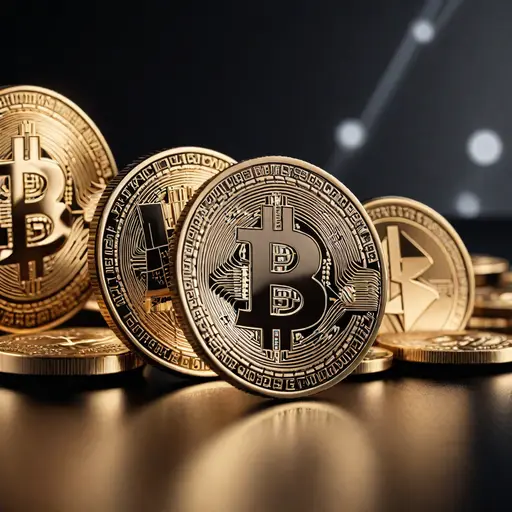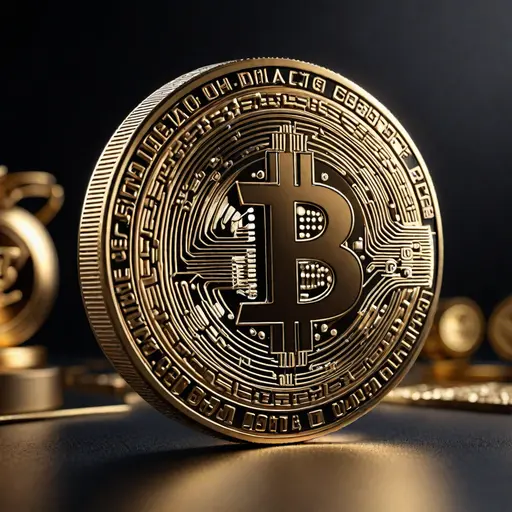
DeFi, or Decentralized Finance, provides an alternative to traditional banking by eliminating intermediaries and giving users full control over their assets. This guide explains how DeFi works and its role in transforming payment systems.
What Is a Decentralized Payment System?
Decentralized payment systems, built on blockchain technology, enable direct transactions between users without banks or financial institutions. Smart contracts ensure security and transparency, while shared ledgers eliminate third-party oversight. This innovation speeds up payments, lowers costs, and enables borderless transactions, reshaping global finance.
Ethereum exemplifies a decentralized payment ecosystem, supporting not only currency transfers but also advanced financial applications through programmable smart contracts. Unlike centralized systems, decentralized networks distribute control across nodes, ensuring reliability by eliminating single points of failure.
For example, sending Bitcoin or other cryptocurrencies via a decentralized network involves verification by blockchain participants, bypassing central authorities. This reduces delays, cuts intermediary costs, and speeds up transactions. Global businesses benefit further as decentralized systems remove currency conversion fees and international barriers. Platforms like DNS-PAY enable secure, transparent cross-border payments without traditional banks.
How Is a Decentralized Payment System Different From a Centralized Payment System
To understand the advantages of decentralized payment systems, it’s crucial to compare them with centralized models. Traditional systems, like those operated by banks or credit card companies, rely on intermediaries for transactions. While reliable, they come with significant drawbacks.
Centralized Systems: The Status Quo
In centralized payment systems, transactions pass through a single authority, such as banks or credit card providers. For example, a credit card purchase requires approval from multiple intermediaries, slowing the process and increasing costs. The reliance on one central entity also creates vulnerabilities.
Additionally, centralized systems impose strict rules, including withdrawal limits, geographic restrictions, or account freezes if activities are flagged. These limitations highlight the lack of user control in traditional setups.

Decentralized Systems: Empowering Users
In centralized payment systems, transactions pass through a single authority, such as banks or credit card providers. For example, a credit card purchase requires approval from multiple intermediaries, slowing the process and increasing costs. The reliance on one central entity also creates vulnerabilities.
Additionally, centralized systems impose strict rules, including withdrawal limits, geographic restrictions, or account freezes if activities are flagged. These limitations highlight the lack of user control in traditional setups.
Pros and Cons of Decentralized Payment System
Decentralized payment systems come with both advantages and challenges. Understanding these factors will help determine if they meet your needs.
Advantages of Decentralized Payment Systems
Decentralized systems eliminate intermediaries, reducing transaction fees for local and international transfers. They are faster, confirming payments in minutes or seconds, unlike traditional methods that can take days. Blockchain technology ensures security by encrypting transactions and keeping the network operational even if some nodes fail. These platforms are accessible to anyone with internet, benefiting underserved populations. Additionally, all transactions are transparently recorded on the blockchain, allowing users to verify details independently.
Challenges of Decentralized Payment Systems
Cryptocurrencies like Bitcoin face price volatility, creating risks for merchants and consumers. Regulatory uncertainty around decentralized finance could lead to future restrictions. Platforms like DNS-PAY aim to simplify usability, but blockchain systems can still feel complex for some users. Popular blockchains, such as Ethereum, struggle with high transaction volumes, causing slower processing and higher fees during peak times. Despite growing interest, decentralized systems remain less adopted than centralized alternatives, which are favored for their familiarity and clear regulations.
Decentralized finance (DeFi) is reshaping how we think about money and transactions by removing intermediaries and using blockchain technology to enable secure, efficient, and restriction-free payments. However, it’s important to weigh the benefits and challenges before fully embracing this new system.
As demand for seamless, borderless payments grows, platforms like DNS-PAY are bridging traditional and decentralized systems. Focused on security, reliability, and ease of use, DNS-PAY allows businesses and consumers to access DeFi advantages without sacrificing convenience.